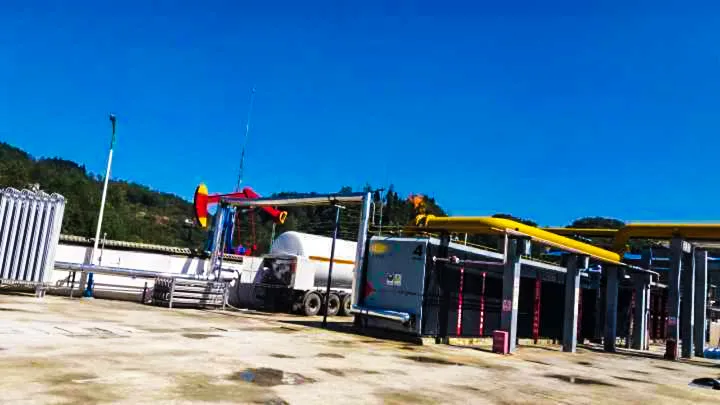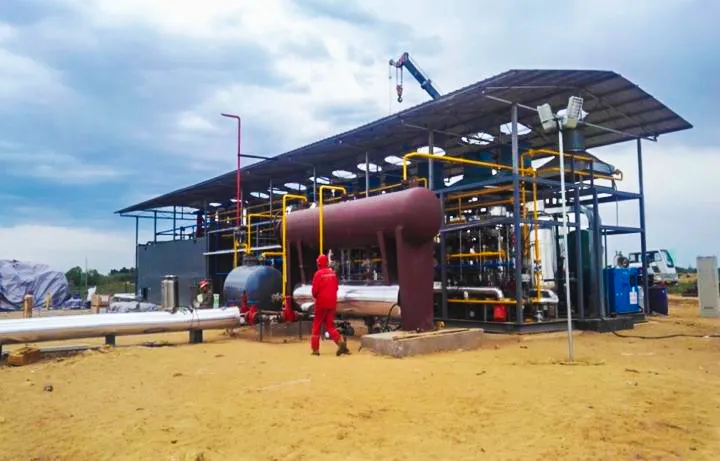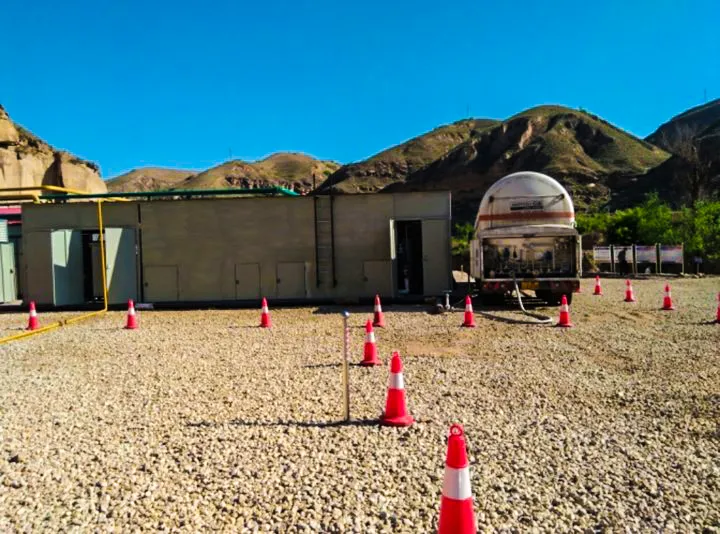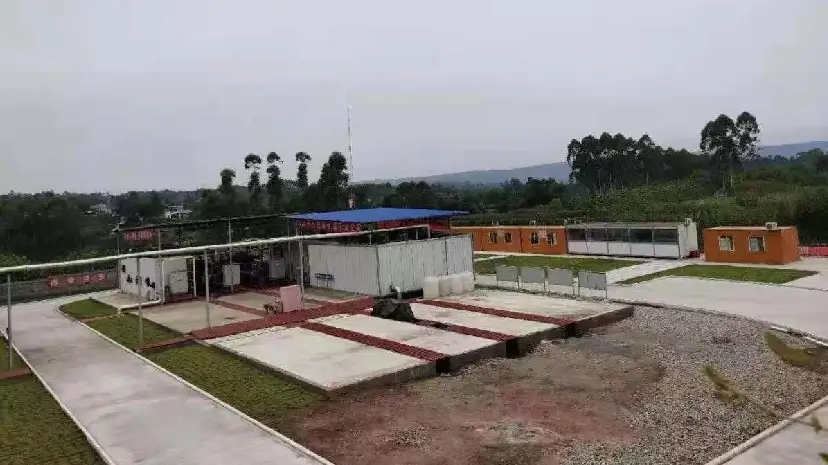How Flare Gas Recovery Systems Reduce CO2 Emissions
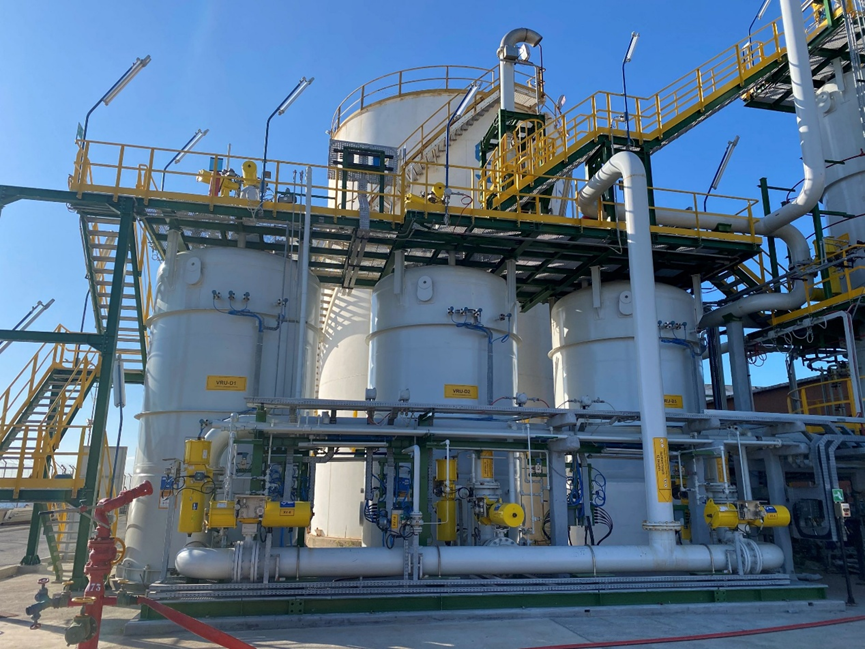
Global gas flaring releases around 400 million tonnes CO2 to the air in 2023, as per the world bank’s Global Gas Flaring Reduction Partnership (GGFR). This is equivalent to the annual emission of 77 million cars. For industrial facilities that are facing increasing carbon pricing and tightening regulation mechanisms system for reusing flare gases are an effective method of reducing the emissions of 90-98%, while making waste revenue.
The Real Cost of Traditional Flaring
Flaring of gas occurs in refineries, petroleum facilities and chemical plants use excess hydrocarbon gas that cannot be processed immediately or transported. Although it’s safer than releasing methane in its raw form, flaring transforms valuable hydrocarbons to NOx, CO2 and methane that is not burned, a greenhouse gas that’s 28 times more powerful that carbon dioxide for a 100 year time.
The numbers tell a dramatic story. It is estimated that the International Energy Agency estimates that gas that is flared could produce the equivalent of 750 terawatts of electricity per year, which is enough to power sub-Saharan African countries. Beyond the environmental impact facilities are literally burning cash. At the current price of natural gas this amounts to an estimated $20-30 billion in energy wasted every year.
Globally, regulatory frameworks are being tightened. EU’s Carbon Border Adjustment Mechanism is imposing costs on imports with high emissions. The U.S. Environmental Protection Agency’s proposed methane regulations target midstream and upstream operations. Canada has pledged an increase of 75% in flaring before 2030. Facilities that fail to adapt will face rising compliance costs and market access limitations.
How Flare Gas Recovery Technology Works
Systems for recovering flare gas absorb the waste gases prior to they enter the stack of flares, then pressurize them to pressures usable clean them of impurities, then turn them into productive energy. The fundamental process involves four distinct stages:
- The capture and compression is done with specialized equipment that is designed to deal with various gases and flows. Modern systems use liquid rings and screw compressors as well as vapour recovery units based on the gas’s characteristics and facilities requirements.
- Conditioning and purification eliminates water vapor, hydrogen sulfide, as well as other contaminants that could harm downstream equipment or affect the quality of gas. It usually involves molecular sieves and amine scrubbing or membrane separation technologies.
- The storage or the immediate use channelizes the gas that is recovered into existing gas pipelines and power generation systems and processing equipment. Certain facilities have special storage units to prevent fluctuations in the recovery rate.
- Continuously monitoring via automated control systems monitors the flow rate and pressure, composition and the performance of the system. This data allows for the optimization of systems in real time and also provides evidence of compliance with regulations in carbon credit audits.
Emission Reduction Performance: The Data
Properly developed flaring gas recycling systems that are properly designed can deliver massive reductions in emissions from a range of pollutants:
| Emission Type | Reduction Range | Annual Impact (Medium Facility) |
| CO2 | 90-98% | 15,000-50,000 tonnes/year |
| Methane (CH4) | 95-99% | 500-2,000 tonnes CO2e/year |
| VOCs | 85-95% | 50-200 tonnes/year |
| NOx | 80-90% | 20-100 tonnes/year |
| Black Carbon | 95-99% | Significant improvement in local air quality |
The reductions directly affect carbon credit eligibility under the majority of voluntary and market structures. With current prices of $30 to 80 per ton CO2e, a facility that reduces 30,000 tonnes per year generates $900,000-$2.4 million in carbon credit revenues.
A study from 2022 that was published within the Journal of Petroleum Science and Engineering examined more than 47 gas flare recovery facilities in North America and found a median reduction in emissions of 94.3 percent, with reliability in excess of 97% (Chen and co. 2022). The facilities cost to pay for themselves within 2.8 years and that’s before taking into account carbon credit, or getting around the imposed penalties of regulatory compliance.
Economic Returns Beyond Emission Cuts

The financial benefit of flare gas recovery goes far beyond the environmental aspect. Gas recovered from the landfill serves a variety of reasons:
- Replacement for fuel gas removes the need to purchase natural gas and other fuels to heat steam generation, process heating or power production. Facilities generally evaluate recovered gas at 70 to 90 percent of the market natural gas prices, which accounts for slightly less heating power and more reliability issues.
- The power generation via the reciprocating or gas turbines convert waste gases into electricity. This is especially appealing for remote areas that have high electricity costs or grid connections that are not reliable. Some installations attain complete energy independence.
- Value of feedstock is used when gas recovered can be used to replace feedstock purchased for chemical processes or refining processes. This value is typically higher than energy value in the range of 20 to 50 percent.
- Flaring penalties avoided provide direct savings to jurisdictions that charge per-tonne fees for flaring. A number of Canadian provinces as well as U.S. states now impose the fees, and they range in price between $5 and $25 per ton in gas flared.
Take a look at this comparison of an average refinery of mid-sized size which produces five million cubic feet of gas per each day in flare gas:
| Financial Metric | Annual Value (USD) | Notes |
| Fuel Gas Savings | $1.8-2.4 million | Based on $4-5/MMBtu for gas. |
| Carbon Credits | $0.9-2.4 million | 30,000 tonnes at $30-80/tonne |
| Avoided Penalties | $150,000-500,000 | Jurisdiction dependent |
| Power Generation Value | $800,000-1.5 million | If it is used for electricity generation |
| Total Annual Benefit | $3.65-6.8 million | Variable with the price of commodities |
In comparison to typical capital expenses of $8-15 million for an investment, payback times of 1.5-4 years seem realistic in the case of the most conservative assumptions.
Technology Selection Matters
There are a few flaw gas recovery systems are equally effective in all applications. The composition of the gas, its flow variations the ambient conditions and the existing infrastructure all affect the selection of technology.
- Liquid Ring compressor systems deal with dirty gas streams that have high liquid content with ease, but use substantial amounts of power and water. They’re commonly used in refineries with established utilities systems.
- Screw compressors have higher efficiency and less maintenance to ensure cleaner gas streams. They’re becoming more sought-after in upstream applications and chemical manufacturing.
- Vapor-recovery units that incorporate ejector technology offer a low-maintenance solution for flow rates that are smaller but require a reliable gas source with a consistent pressure.
- Separation systems for membranes can be used to recover particular components, like methane, out of mixed gas stream, even though they’re generally more costly upfront.
The process of selection should begin with a detailed analysis of gas composition that covers at minimum 90 days of operation to identify the degree of variability. Many facilities perform poorly because they were designed for typical conditions and did not have sufficient safety factors for flow fluctuations or composition surges.
Implementation Roadmap
Projects that have been successful in reusing flare gas are based on a system of:
- Phase 1: Evaluation (2-3 month) involves measuring actual flaring gas quantities, compositions, and patterns. Install flow meters on temporary basis when permanent instruments aren’t in place. At minimum 60 days of data that is continuous. Many facilities find that their actual flaring is between 20 and 40% higher than they thought.
- Phase 2: Feasibility Study (1-2 month) evaluates technical options as well as preliminary economics and integration requirements. Contact equipment suppliers to provide budget estimates and performance guarantee. Create a financial model for the returns that you can expect for various gas prices as well as carbon credit scenario.
- Phase 3: Detailed Engineering (3-4 months) produces specifications, obtains long-lead machinery, and gets the permits needed. This phase is crucial to the success of the project. Rushing through it can lead to costly field adjustments later.
- Phase 4: Construction and Commissioning (4-8 months) executes the physical installation in a manner that is minimally disruptive to the ongoing operation. Set up major tie-ins in advance of scheduled turnarounds if it is feasible.
- Phase 5: Optimizing (6-12 month) fine-tunes control strategies and establishes preventive maintenance procedures and confirms emissions reduction claims in Carbon Credit certification.
Overcoming Common Obstacles
The biggest obstacle to flare gas recovery is upfront capital requirements. However, a variety of financing arrangements have been developed to reduce the need for upfront capital:
- Energy services agreements permit third parties to operate and install systems for a percentage of carbon credits and fuel savings. The facility receives emission reductions without a capital expenditure.
- Green financing options through sustainability-linked loans often offer interest rate reductions of 25-50 basis points, significantly improving project economics.
- Accelerated depreciation and tax incentives in a variety of states reduce the total capital cost by 15 to 25%..
Concerns about technical complexity are usually exaggerated. Modern systems come with pre-engineered solutions which are pre-commissioned and skid-mounted. An experienced operations team is able to manage them in a couple of days of training for vendors.
Related resource: For facilities also responsible for managing VOC pollution, this manual to Vapor Recovery Unit Optimization describes the different technologies that are used with the flare gas extraction systems. The combination of these methods can result in the highest levels of efficiency for hydrocarbon capture while reducing regulatory compliance across a variety of air permits.
Looking Forward
The technology for recovering gas from flares is to advance. Machine learning algorithms are now able to anticipate gas composition changes hours ahead of time, allowing the system to make adjustments in a proactive manner. Modular designs permit quick deployment of mobile or temporary operations. Certain facilities integrate the gas-to-liquids recovery system with smaller-scale technology that converts the waste gas directly into jet fuel or diesel.
The market and regulatory environment will only increase pressure to end routine flaring. In the Global Bank’s Zero Routine Flaring by 2030 initiative includes commitments from government agencies that account for 50% of the global flaring industry and oil companies that account 40 percent of the volumes that are flared. Facilities that are forward-thinking are attempting to take advantage of both the environmental benefits as well as the economic benefits before the regulatory mandates make for rushed, unsatisfactory implementations.
For industrial facilities that are currently burning over 1 million cubic yards each day, the issue isn’t if you should put in recovery systems but rather how quickly do you make it operational. The combination of risk from regulatory agencies and direct economic return and carbon credit possibilities make one of the best sustainable investments that are that is available to heavy industry today.
References:
- Chen, J., Williams, M., & Thompson, R. (2022). Economic and Environmental Performance of Flare Gas Recovery Systems in North American Petroleum Operations. Journal of Petroleum Science and Engineering, 210, 109876.
- Global Gas Flaring Reduction Partnership (GGFR). (2023). Global Gas Flaring Tracker Report. World Bank Group.
- International Energy Agency. (2023). Flaring Emissions. IEA Methane Tracker 2023.

